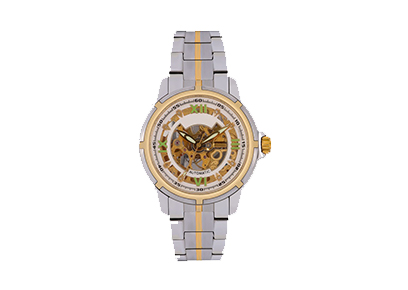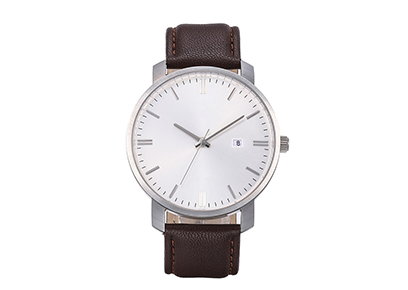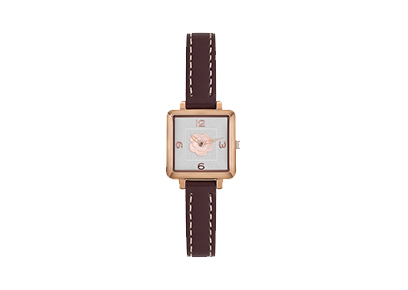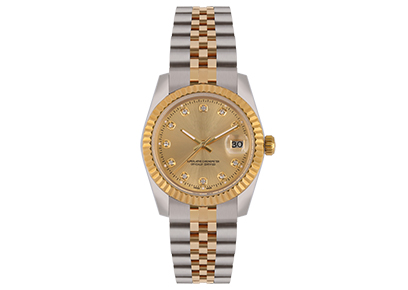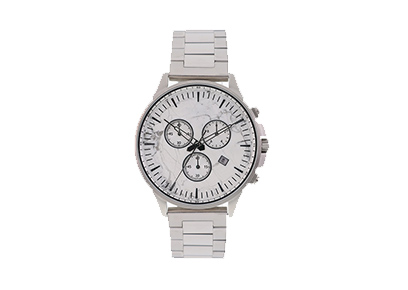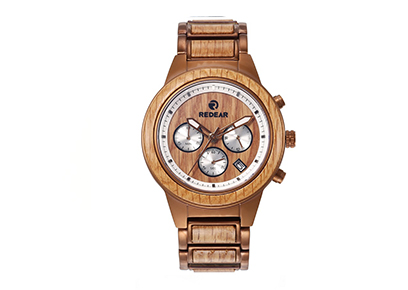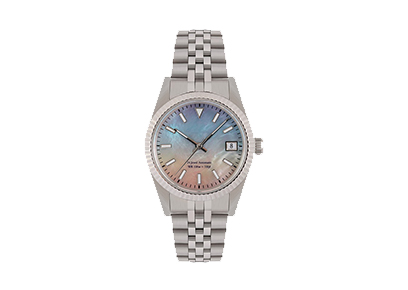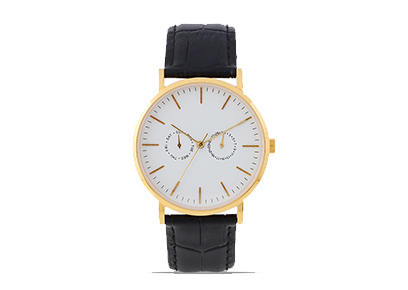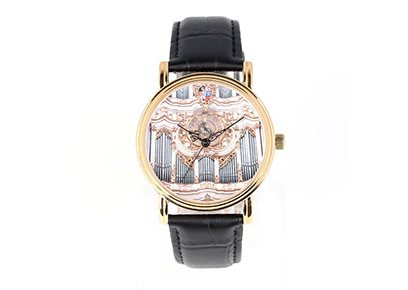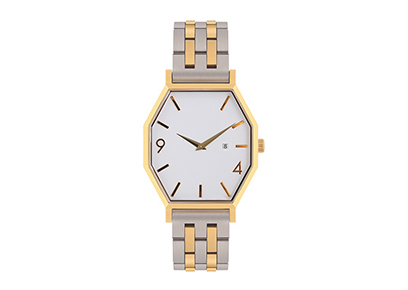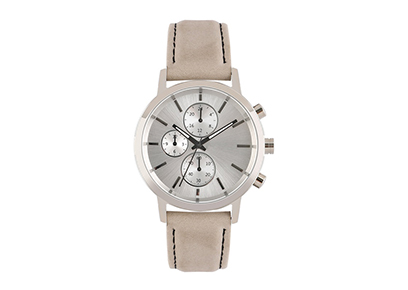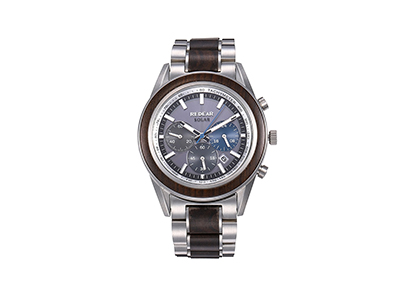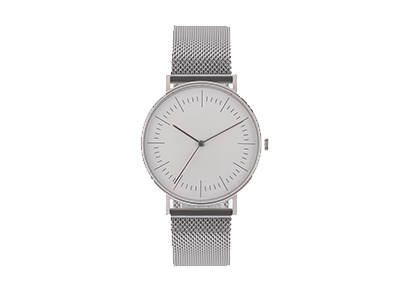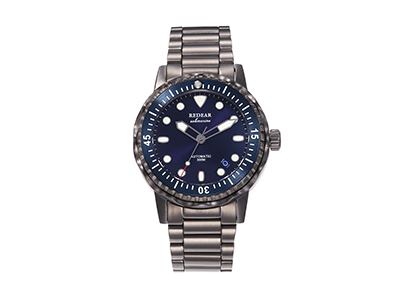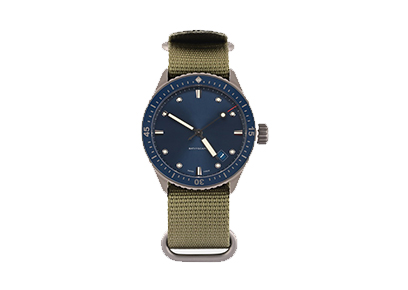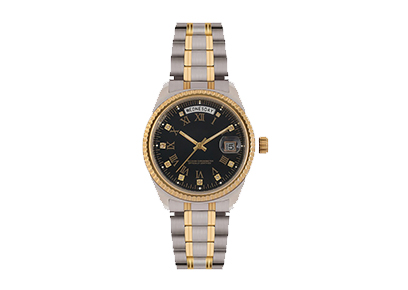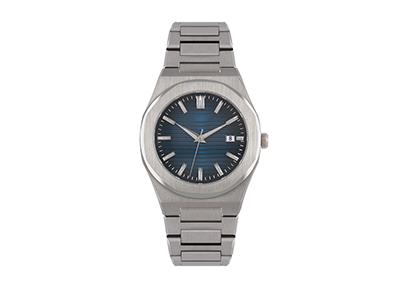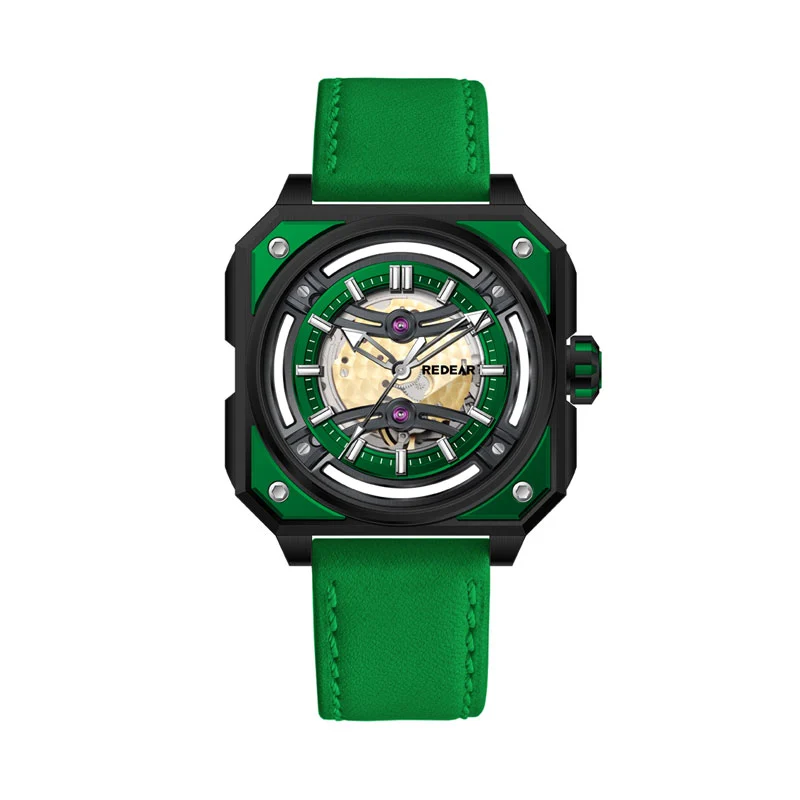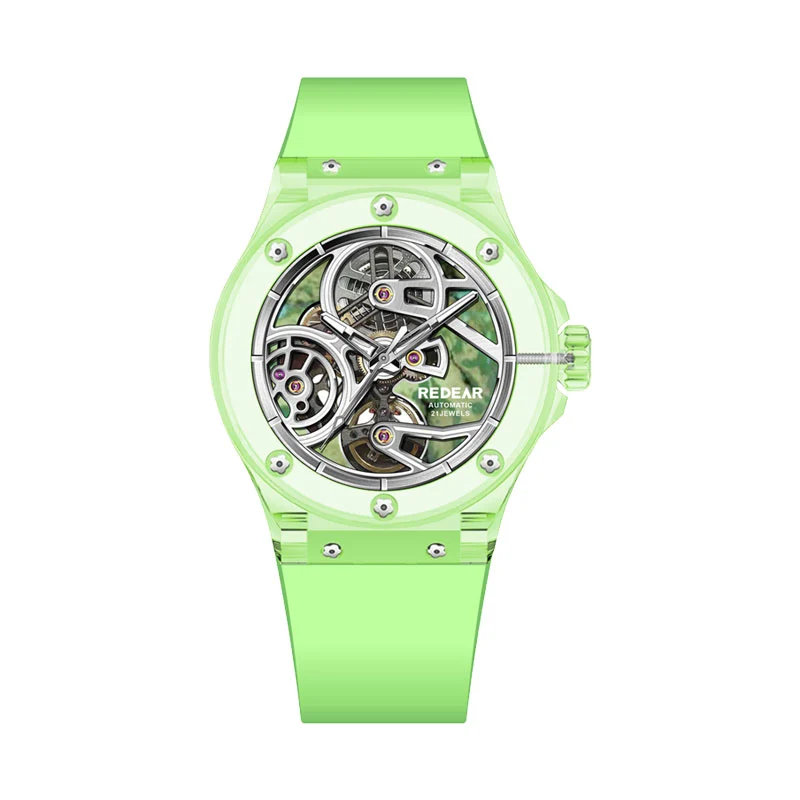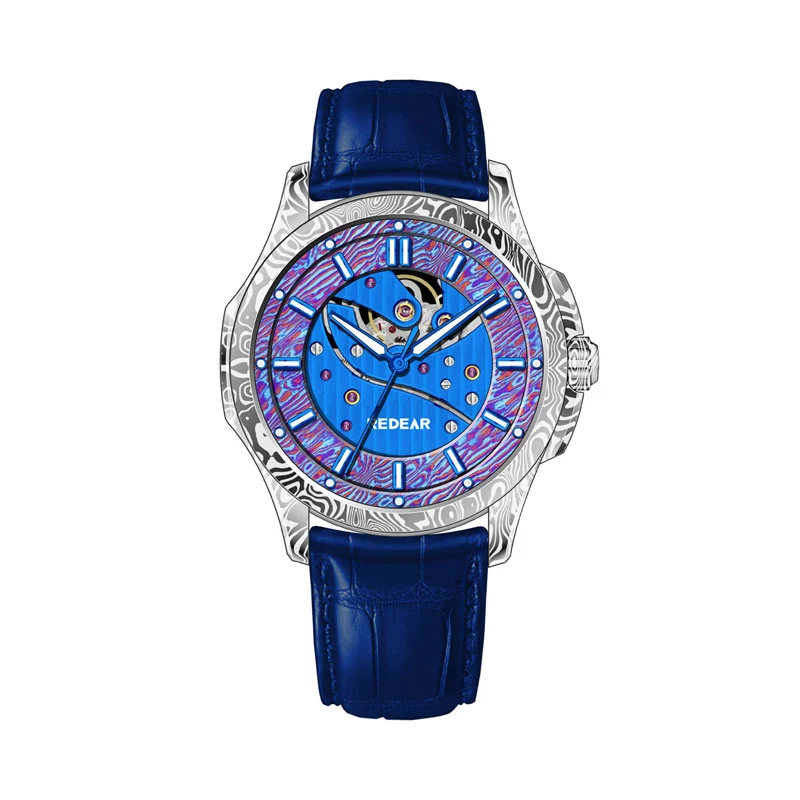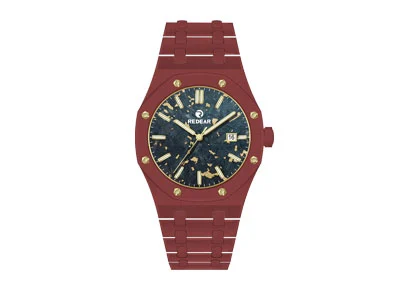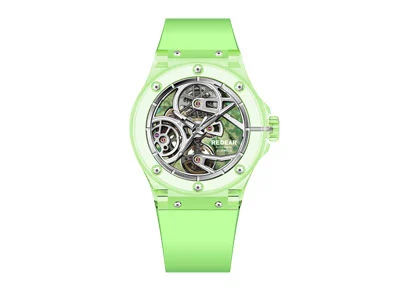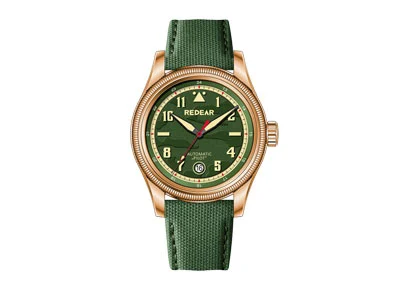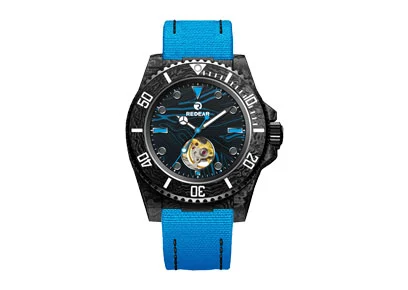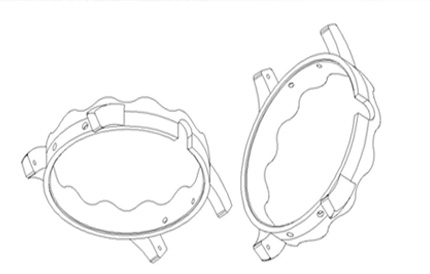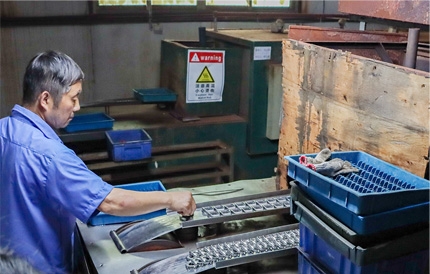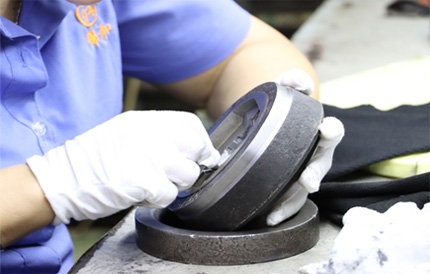In the world of watches, there is a kind called quartz watch. Simply put, a quartz watch is a watch that requires a battery to provide energy, and it is a modern invention that has the characteristic of simple structure, easy assembly, long battery life, shock resistance, accurate timing, and low price.
Compared with mechanical watches, the structure of alloy quartz watch is much simpler, mainly composed of the outer visible case, strap, surface protective glass, as well as hour, minute, second hand, and crown. Internally, there is a battery that provides power to the watch mechanism, a tiny movement and oscillator circuit, and a container containing a quartz crystal.
The development of quartz watch
There are different timing tools in different periods of history. At the earliest time, astronomical timing was used, that is, using the sun and the moon to calculate time, such as calculating time by observing the length of the shadow of a stick under the sun, which is the famous sundial timing.
Later, fluid timing was used, such as the sand timer that is still in use today, as well as water leakage timing, but this timing method is easily affected by factors such as gravel blockage and water freezing, making it inaccurate.
In 1806, Napoleon manufactured the world's first mechanical watch that can be worn on the wrist.
In 1880, physicist Pierre Curie discovered the piezoelectric effect of quartz crystal, which laid the foundation for the invention of quartz watches.
In 1957, an American watch company launched the world's first electronic watch, which laid the foundation for the birth of quartz watches.
In 1969, the world's first mass-produced quartz watch was launched by a Japanese company.
Working Principle of Quartz Watch
To display accurate time, quartz watches rely on a tiny quartz crystal that can vibrate at a stable speed with a little power to move the watch hands to the correct time to display hours, minutes, and seconds. How is this achieved?
Quartz is the core of the entire watch. There is an abundance of quartz in nature, it is the main component of sand, but the quartz in the watch is made in a sterile room at the quartz watches factory. It is sliced into thin sheets and cut into a forked shape.
What makes the entire quartz watch work is its piezoelectric characteristics. Quartz is a material with piezoelectric characteristics. If it is subjected to force on both sides, a charge will appear. This is the piezoelectric effect, and piezoelectric materials also have a reverse effect.
Therefore, when quartz is electrified, it will vibrate at a sustained frequency, generating a continuous and stable pulse wave, which can accurately push the watch mechanism with these weak pulse waves.
The entire process is as follows: the battery supplies power to the oscillator circuit, and transmits current to the quartz crystal. The quartz crystal will vibrate at an astonishing speed. By designing the circuit, the quartz vibration rate can be set to 32,768 times per second, not faster or slower. When the quartz jumps, it emits weak electronic pulse signals, which are also 32,768 times per second, precisely timing.
Each vibration is equivalent to a pulse signal sent to the splitter circuit. The pulse signal triggers the electromechanical coil of the movement, and creates a magnetic field in the stator, where there is a magnetized cylindrical rotor with a diameter of 1 millimeter. The magnetic field in the stator will cause the rotor to rotate, and the rotor is connected to the watch gear. One pulse signal will push the second hand to move once, and this process will be repeated continuously. According to the transmission ratio between the large and small gears, the second hand moves one circle and drives the minute hand to move one block, and so on, you can see the time.
Quartz watches are extremely accurate in timing, with a maximum error of 1 second in 270 years. As long as there is power drive, quartz can vibrate at a completely stable speed, accurately telling you the time.

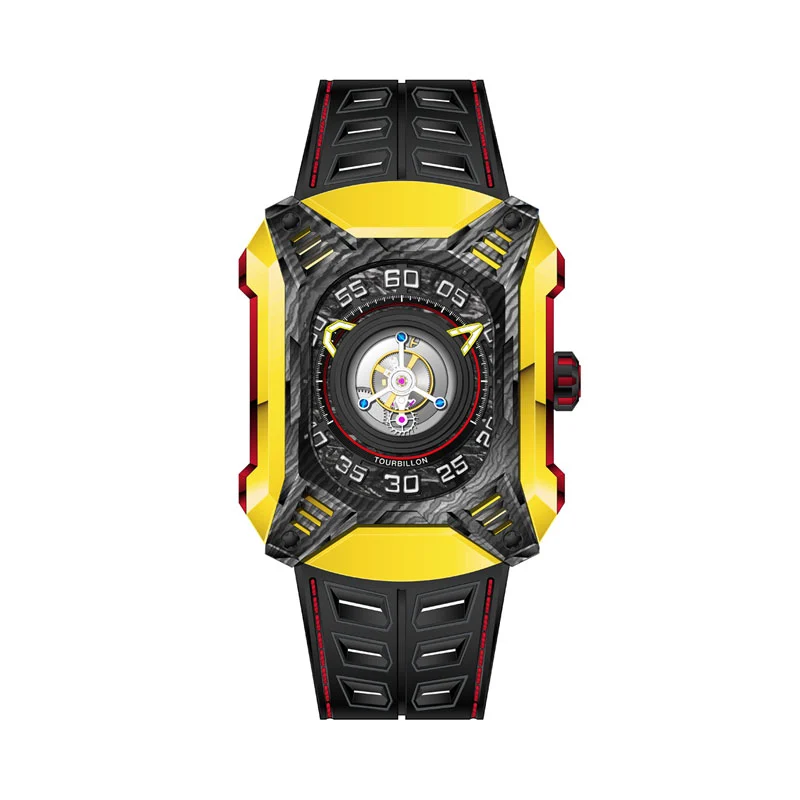 Luxury Hangzhou Tourbillon Mechanical Watch With Exquisite Carbon Fiber Hollow Design
Luxury Hangzhou Tourbillon Mechanical Watch With Exquisite Carbon Fiber Hollow Design
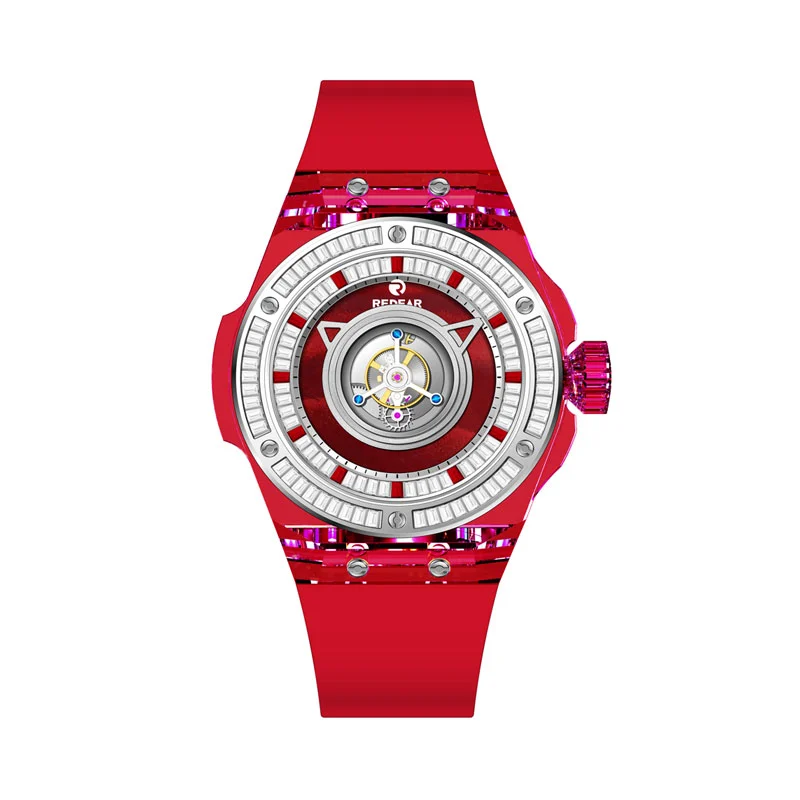 High End Hangzhou Central Tourbillon Mechanical Watch Adorned With Luxury Diamonds
High End Hangzhou Central Tourbillon Mechanical Watch Adorned With Luxury Diamonds
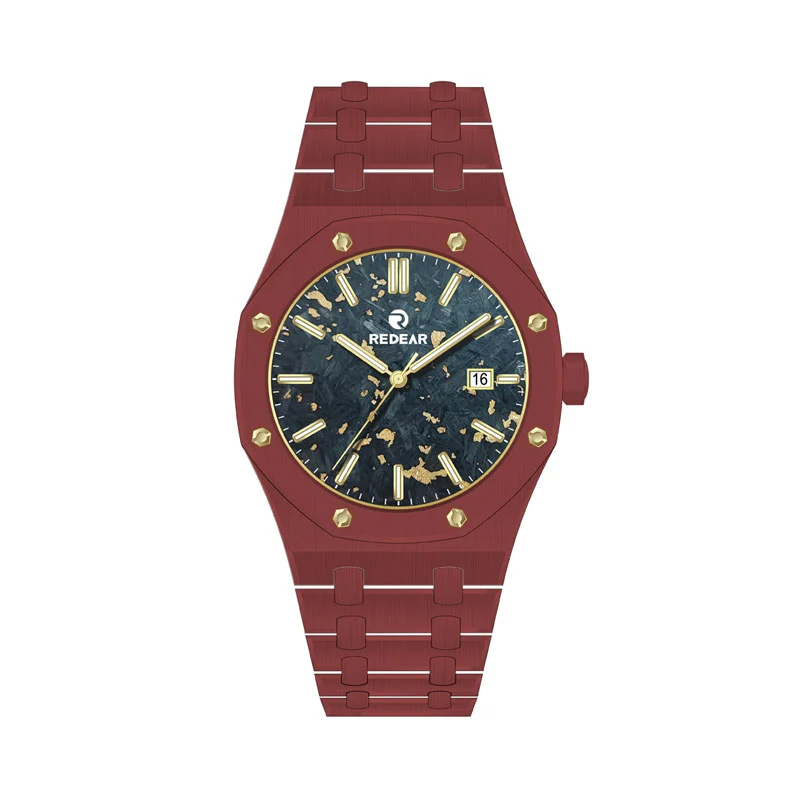 Ceramic Case Sapphire Carbon Fiber Dial Automatic Mechanical Watch
Ceramic Case Sapphire Carbon Fiber Dial Automatic Mechanical Watch
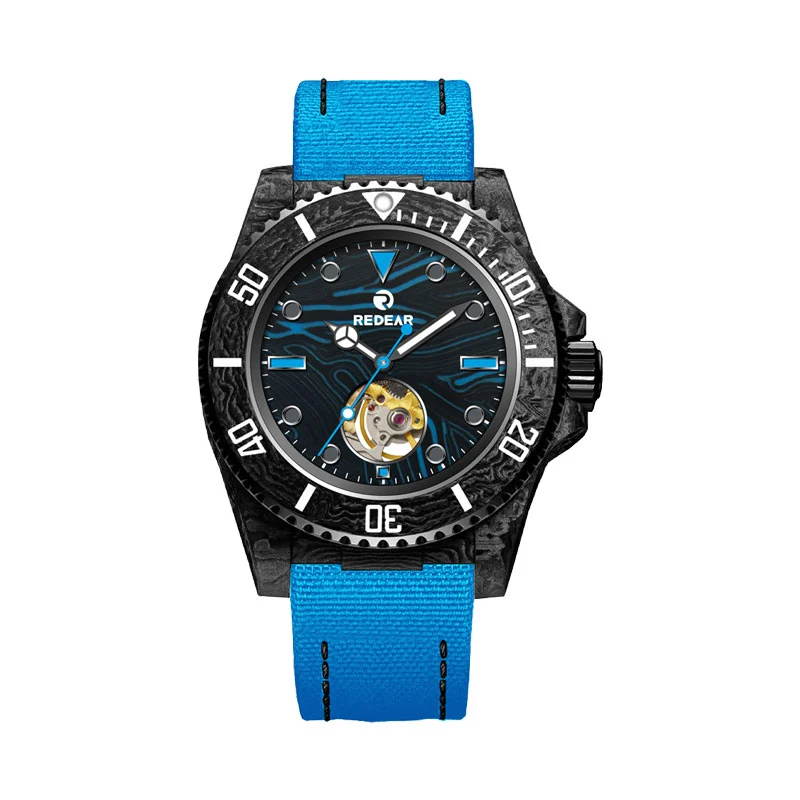 MIYOTA 90S5 Mechanical Watch with Carbon Fiber Case
MIYOTA 90S5 Mechanical Watch with Carbon Fiber Case
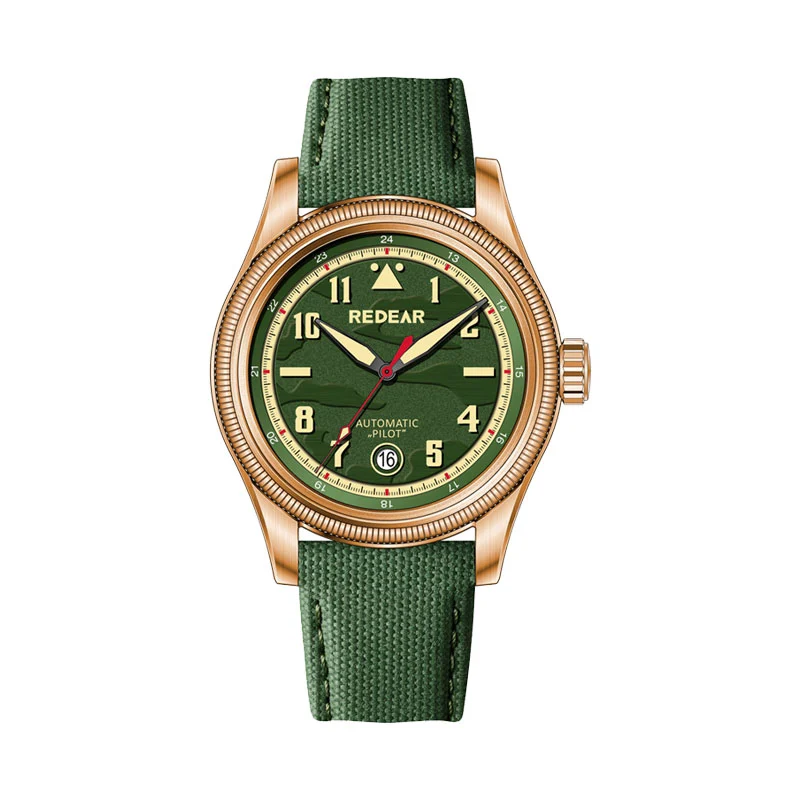 Personalized Bronze Mechanical Watch With Scratch-Resistant Sapphire Crystal Case
Personalized Bronze Mechanical Watch With Scratch-Resistant Sapphire Crystal Case
